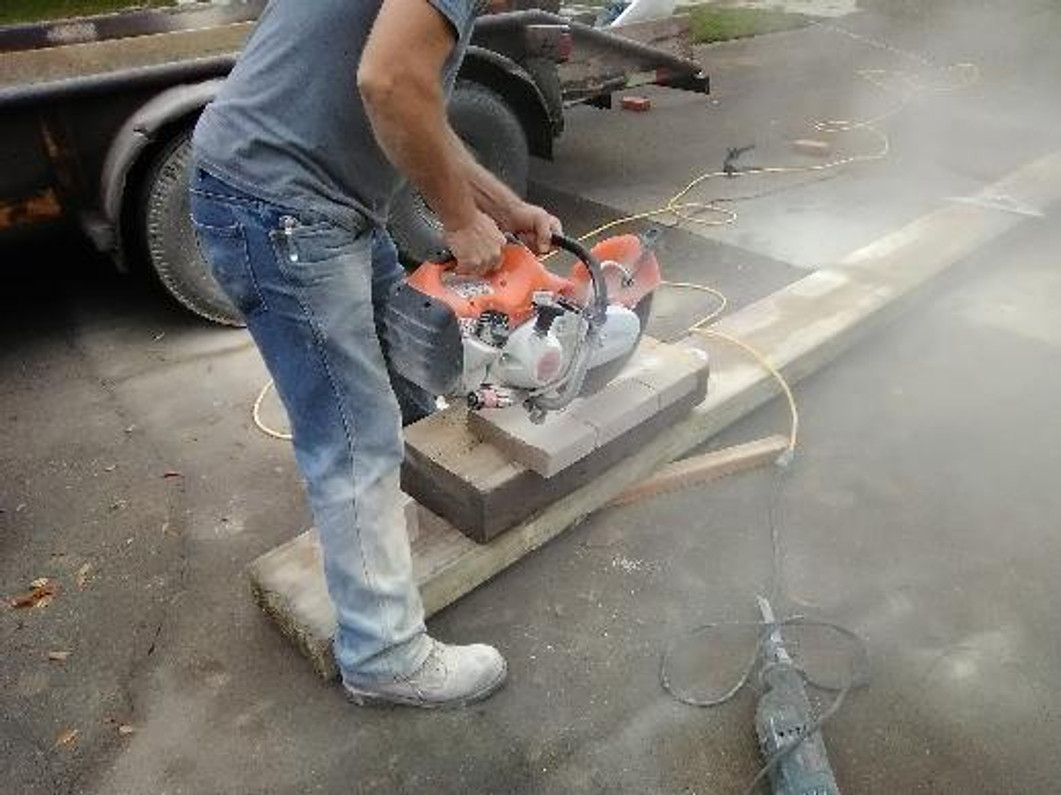The Most Overlooked Jobsite Hazards (That Cause the Most Injuries)
When people think of construction hazards, they picture the big ones — scaffolding falls, heavy equipment, and high-voltage lines. But the truth is, most jobsite injuries come from smaller, everyday hazards that get ignored because they seem “normal.” These silent risks can cost contractors time, money, and workers, and they’re often the easiest to prevent.
Let’s take a closer look at some of the most overlooked dangers on the jobsite and how to keep your crew safe.
1. Cords and Hoses: The Hidden Tripwire
They’re everywhere, running across slabs, hanging from lifts, looping around ladders. Extension cords, air hoses, and welding leads are among the top tripping hazards on any site.
Why they’re dangerous: Workers get used to stepping over them until one catches a boot, leading to falls or dropped materials.
Prevention tips:
-
Use cord covers or hangers to keep walkways clear.
-
Limit cord length and coil up extras.
-
Encourage “clean as you go” policies to reduce clutter.
2. Weather — Not Just Rain and Ice
Everyone knows rain and ice are risky, but other weather-related factors can sneak up too. Heat stress, dehydration, and UV exposure are major causes of lost-time incidents.
Prevention tips:
-
Rotate workers during high-heat days.
-
Provide shade, rest breaks, and plenty of water.
-
Don’t forget sunscreen and light-colored PPE.
3. Dust and Silica Exposure
Dust might seem harmless, but silica exposure is a silent, long-term danger that causes serious lung disease. Cutting concrete, brick, or stone without proper control measures can put everyone nearby at risk.
Prevention tips:
-
Use wet cutting methods or vacuum dust collection.
-
Always wear the correct respirator for the task.
-
Train crews on silica safety — it’s not optional.
4. Poor Housekeeping
Trash piles, loose materials, and abandoned pallets aren’t just messy — they’re dangerous. Slips, trips, and puncture wounds are some of the most common minor injuries on a construction site, and they add up fast.
Prevention tips:
-
Designate cleanup time at the end of every shift.
-
Use bins and barriers to organize scrap.
-
Reward crews that maintain clean, hazard-free zones.
5. Improper Lifting
It’s not dramatic, but it’s costly. Back injuries are among the most common worker’s comp claims in construction, often from lifting materials the wrong way or too quickly.
Prevention tips:
-
Teach proper lifting techniques (bend knees, not the back).
-
Use dollies, carts, or mechanical lifts whenever possible.
-
Pair workers for heavier loads — no shame in teamwork.
6. Complacency
The longer someone’s been on the job, the more likely they are to take shortcuts. Confidence can quietly turn into carelessness, especially when “we’ve always done it this way.”
Prevention tips:
-
Rotate safety topics weekly to keep awareness fresh.
-
Encourage reporting of near-misses, not just injuries.
-
Lead by example — safety culture starts at the top.
7. Tool Misuse
Even the simplest hand tools can cause serious injury if used wrong or poorly maintained. Using a screwdriver as a chisel or a wrench as a hammer might seem harmless… until it’s not.
Prevention tips:
-
Inspect tools regularly for cracks or wear.
-
Provide the right tool for every job.
-
Don’t forget PPE — gloves, safety glasses, and hearing protection.
8. Fatigue and Mental Distraction
Tired workers make mistakes. Whether from long shifts, stress, or distractions, fatigue reduces reaction time and focus.
Prevention tips:
-
Enforce reasonable hours and rest breaks.
-
Encourage mental check-ins and open communication.
-
Watch for signs of burnout or stress-related errors.
Final Thoughts
The biggest hazards on a jobsite aren’t always the ones that make headlines. They’re the small, everyday risks that blend into the background until someone gets hurt. By paying attention to these overlooked dangers, you can keep your crew safer, your schedule on track, and your projects running smoothly.
At Southwest Scaffolding, safety is built into everything we do — from our scaffolding systems to our ladders, lifts, and safety gear. Because the best way to prevent accidents is to plan for them before they happen.
Recent Posts
-
When Renovation Turns Risky: Lessons from the Tai Po Fire and the Role of Scaffolding Safety
The recent fire in Hong Kong’s Tai Po district has shaken the global construction and safety communi …Nov 30th 2025 -
Innovations in Scaffolding Technology: How Modern Advances Boost Safety and Efficiency
Scaffolding is fundamental to construction, masonry, restoration, and maintenance work. While the co …Nov 29th 2025 -
Scaffolding Regulations and Compliance: What Homeowners & Contractors Need to Know
When it comes to scaffolding, safety isn’t optional—it's the law. Whether you’re a contractor, DIY h …Nov 28th 2025




